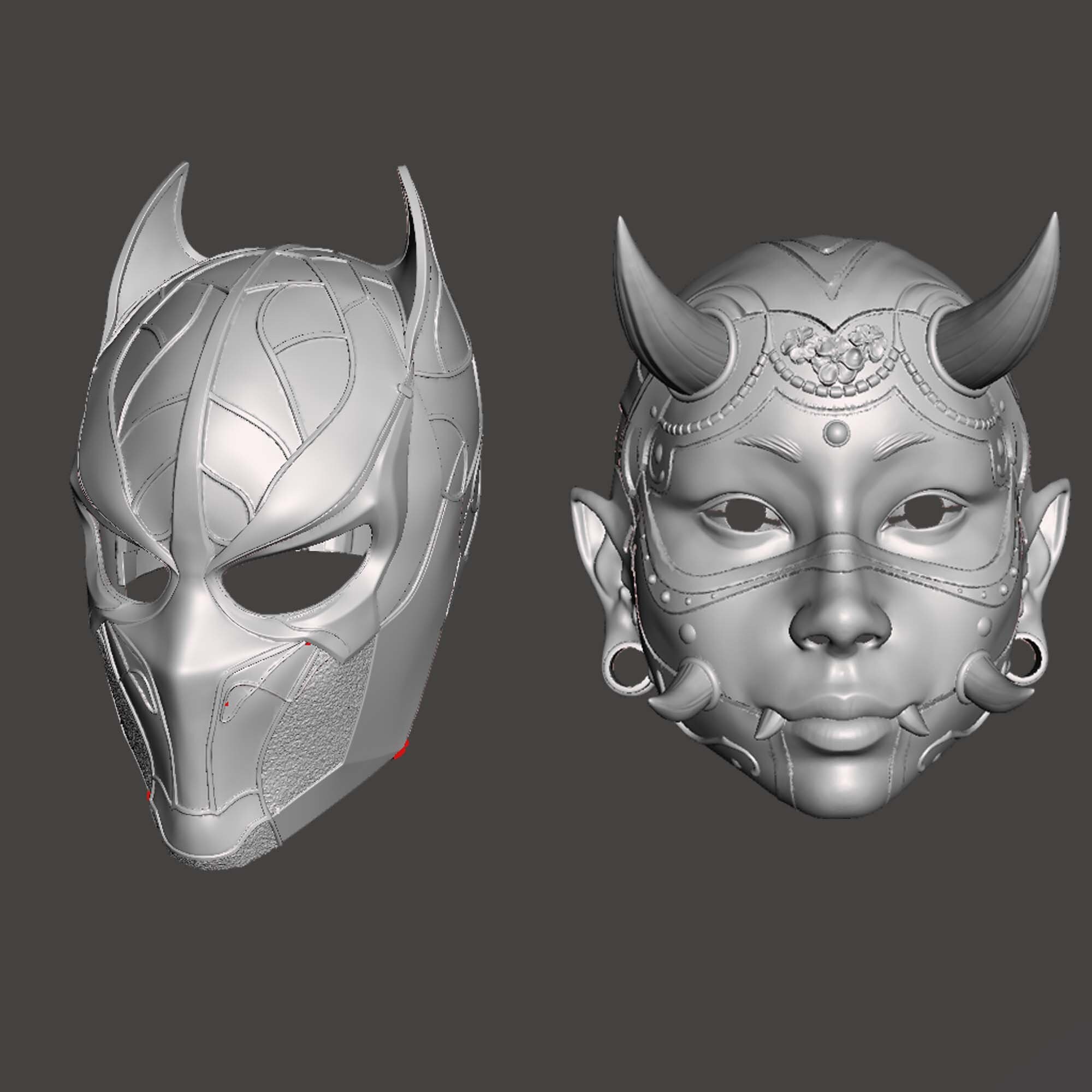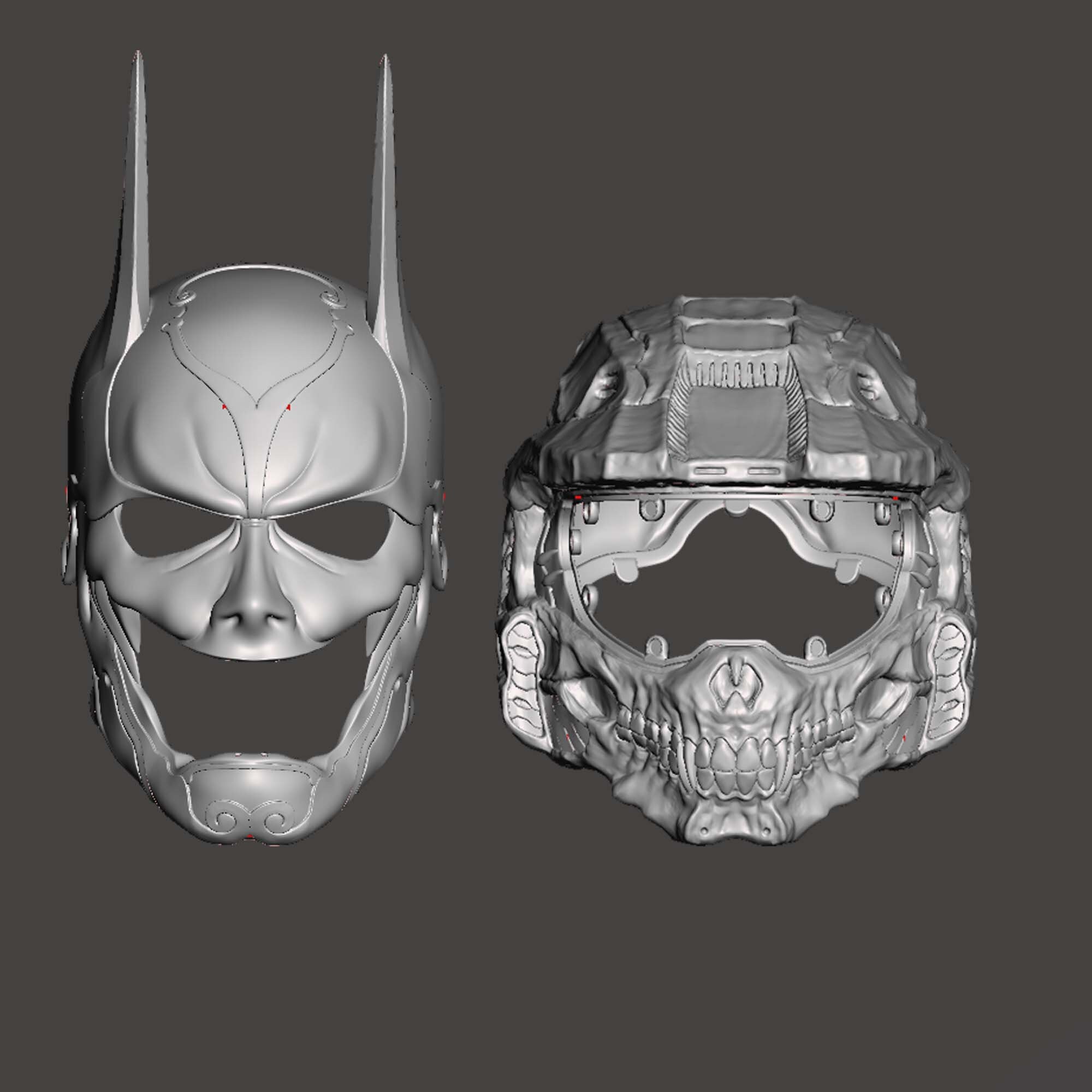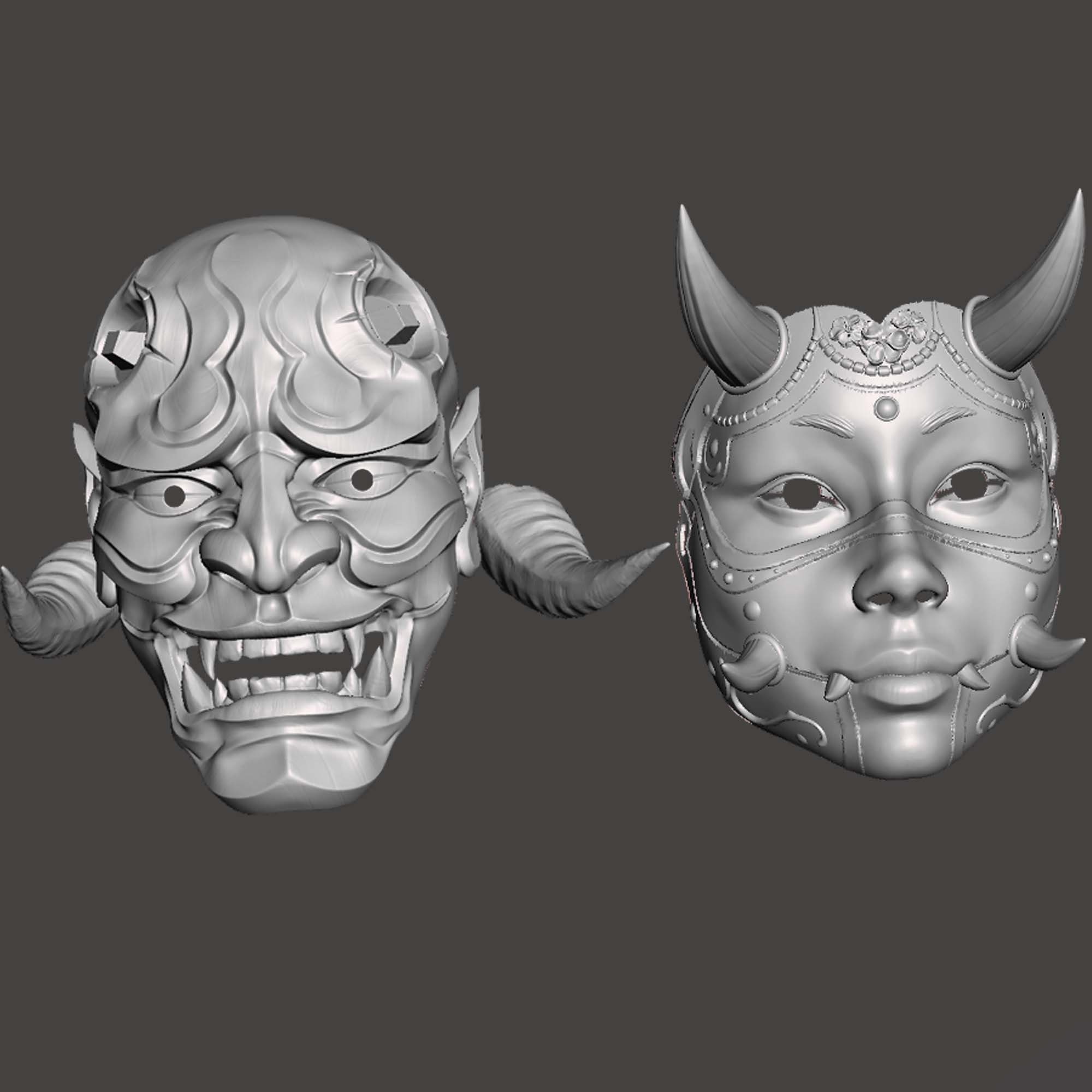Hey there, fellow 3D printing enthusiast! If you're here, chances are you're diving headfirst into the world of 3D printing and need a helping hand with transferring your STL file to an Anycubic drive. Don’t worry, you’re in the right place! Whether you’re a seasoned pro or just starting out, this guide will walk you through every step of the process. Let’s get those creative juices flowing and turn your digital designs into tangible masterpieces!
3D printing has revolutionized the way we create and innovate. From intricate prototypes to personalized gifts, the possibilities are endless. But let's be real—sometimes the technical stuff can feel like climbing a mountain. Transferring an STL file to an Anycubic drive is one of those essential steps that, if not done correctly, can throw a wrench into your project. That’s why we’re breaking it down step by step for you.
This guide isn’t just about following instructions; it’s about empowering you to take control of your 3D printing journey. So grab your favorite drink, sit back, and let’s dive into how to transfer STL files to Anycubic drives like a pro!
- Did Skirby Do It With A Dog Unveiling The Truth Behind The Controversy
- Come Here Parrot The Ultimate Guide To Understanding And Bonding With Your Feathered Friend
Why Transfer STL Files to Anycubic Drives?
Alright, before we jump into the nitty-gritty, let’s talk about why you’d want to transfer STL files to an Anycubic drive in the first place. Think of it like this: your STL file is like the blueprint for your 3D masterpiece, and the Anycubic drive is the key to unlocking its potential. By transferring the file, you’re essentially giving your printer all the information it needs to bring your design to life.
Advantages of Using an Anycubic Drive
Here’s why using an Anycubic drive is a game-changer:
- Reliability: No more worrying about Wi-Fi interruptions or connection drops during long prints.
- Portability: Easily carry your projects around without needing a computer nearby.
- Compatibility: Most Anycubic printers are designed to work seamlessly with these drives, ensuring smooth operation.
Understanding STL Files
Before we move on, let’s quickly break down what an STL file actually is. STL stands for "Stereolithography" and is a widely used file format in 3D printing. It represents the surface geometry of a 3D object using triangles. Think of it as a digital blueprint that tells your printer exactly how to build your model layer by layer.
- Hello Kitty Mums The Ultimate Guide To The Iconic Character And Its Impact On Moms Worldwide
- Trader Joes Wood Flowers A Blossoming Trend For Your Home
Now, here’s the fun part: STL files are compatible with pretty much every 3D printer out there, including Anycubic models. But to get them to work, you need to transfer them to the printer’s drive. Sounds simple, right? Well, let’s make sure it stays that way!
What You’ll Need
Before we dive into the transfer process, let’s gather all the tools and materials you’ll need:
- Anycubic 3D printer (duh!)
- Anycubic drive (usually an SD card)
- A computer with an STL file ready to go
- A USB cable (if your printer supports direct connection)
Got everything? Great! Let’s get started.
Step-by-Step Guide: How to Transfer STL Files to Anycubic Drive
Now comes the moment you’ve been waiting for: the step-by-step process. Follow along, and you’ll be transferring files like a pro in no time.
Step 1: Prepare Your STL File
First things first, make sure your STL file is ready to go. Check for any errors or inconsistencies in the design. You can use software like Meshmixer or Netfabb to repair any issues. Once it’s clean and ready, save it in a location you can easily access on your computer.
Step 2: Insert the Anycubic Drive
Take your Anycubic drive (usually an SD card) and insert it into your computer’s SD card slot. If your computer doesn’t have one, you can use an external SD card reader. Once inserted, your computer should automatically recognize the drive.
Step 3: Copy the STL File
Locate the STL file on your computer and copy it. Then, paste it into the root directory of the Anycubic drive. Keep it simple—no subfolders needed. This ensures your printer can easily locate the file when it’s time to print.
Step 4: Safely Eject the Drive
Before removing the drive from your computer, make sure to safely eject it. This prevents any data corruption and ensures your file transfers properly. Once ejected, remove the drive and set it aside.
Step 5: Insert the Drive into Your Anycubic Printer
Now it’s time to connect the dots. Take the Anycubic drive and insert it into the slot on your printer. Most Anycubic models have this slot conveniently located on the front or side of the printer.
Step 6: Select Your File
Turn on your printer and navigate to the file menu. You should see your STL file listed there. Select it, and your printer will load the design. From here, you can adjust settings like print speed, layer height, and infill density.
Step 7: Start Printing
Once everything is set, hit the start button, and watch your printer bring your design to life. Sit back, relax, and enjoy the magic of 3D printing!
Troubleshooting Common Issues
Even the best-laid plans can hit a snag. Here are some common issues you might encounter and how to fix them:
- Printer Can’t Find the File: Double-check that the file is in the root directory of the drive and that the file name doesn’t contain any special characters.
- File Corruption: If the file won’t load, try re-exporting it from your design software and transferring it again.
- Printer Errors: Make sure your printer firmware is up to date. Outdated firmware can cause compatibility issues.
Advanced Tips for Pro Users
If you’re looking to take your 3D printing skills to the next level, here are a few advanced tips:
Tip 1: Optimize Your STL File
Use software like Simplify3D or Cura to optimize your STL file for better print quality. Adjust settings like wall thickness and support structures to ensure a flawless print.
Tip 2: Use Multiple Files
Need to print multiple designs? No problem! Simply copy all your STL files to the Anycubic drive and select them one by one from the printer’s menu.
Tip 3: Experiment with Materials
Don’t be afraid to experiment with different materials. PLA, PETG, and ABS each offer unique properties that can enhance your prints. Just make sure to adjust your printer settings accordingly.
Conclusion
And there you have it—a comprehensive guide on how to transfer STL files to Anycubic drives. Whether you’re a beginner or a seasoned pro, these steps will help you tackle any 3D printing project with confidence. Remember, the key to success lies in preparation and attention to detail.
Now it’s your turn to take action! Share this article with your fellow 3D printing enthusiasts, leave a comment below with your thoughts, or check out our other guides for even more tips and tricks. Happy printing, and let’s keep pushing the boundaries of creativity!
References
For more in-depth information, check out these trusted sources:
- Anycubic Official Documentation
- 3D Printing Industry Blog
- Thingiverse for free STL files
That’s a wrap, folks! Let’s keep the innovation alive and thriving. Until next time, keep those printers humming!
- Alba Nunell The Rising Star Of Fashion And Entertainment
- Buybuybaby Registry Box The Ultimate Guide For New Parents


